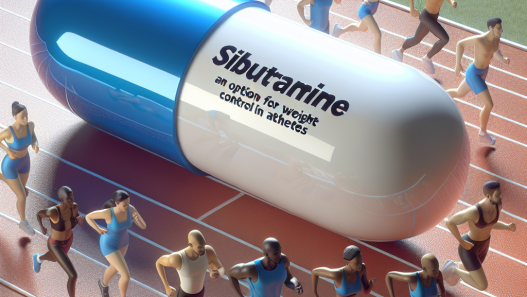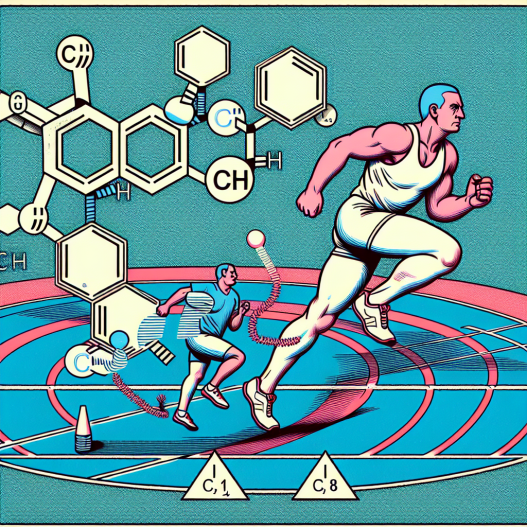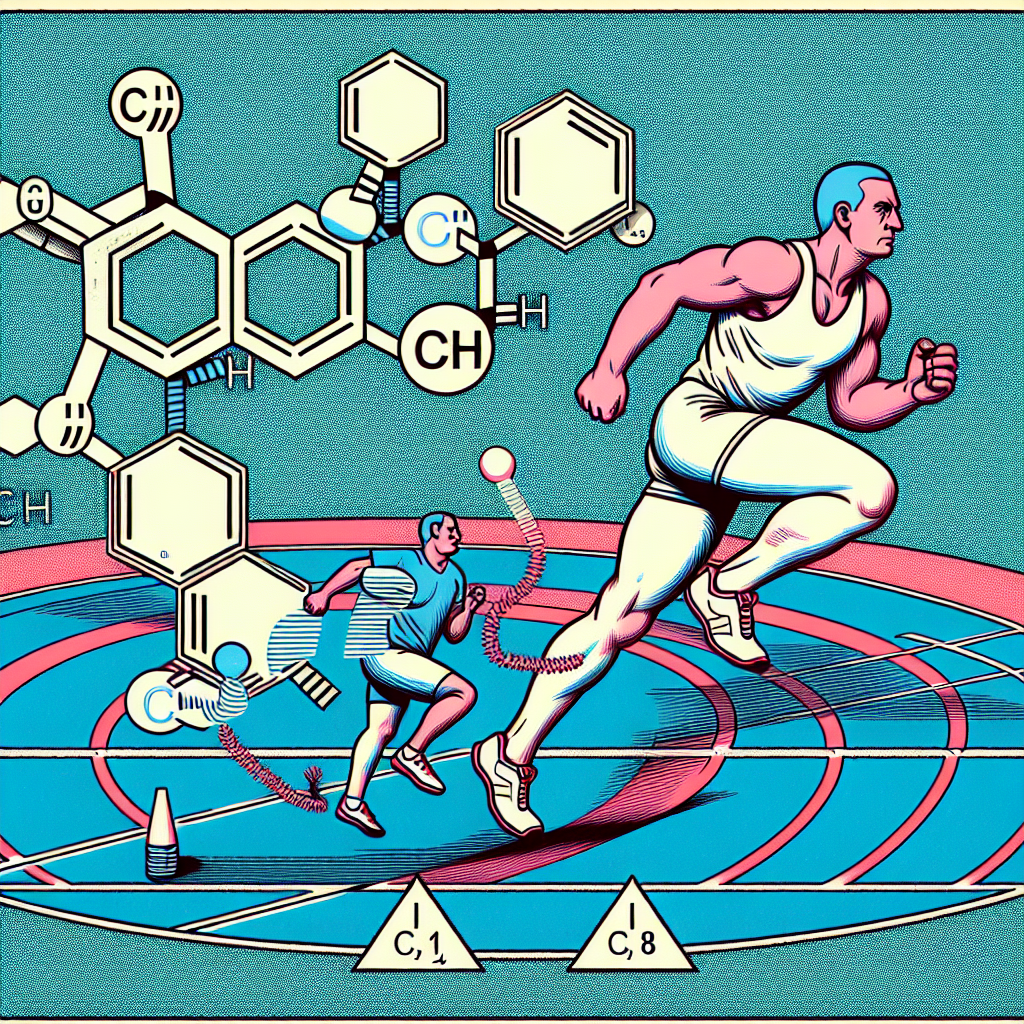-
Table of Contents
- Exploring the Link Between Trenbolone Enanthate and Sports Doping
- The Basics of Trenbolone Enanthate
- The Pharmacokinetics of Trenbolone Enanthate
- Potential Benefits of Trenbolone Enanthate in Sports
- Risks and Side Effects of Trenbolone Enanthate
- Expert Opinion on Trenbolone Enanthate and Sports Doping
- References
Exploring the Link Between Trenbolone Enanthate and Sports Doping
Sports doping has been a controversial topic in the world of sports for decades. Athletes are constantly looking for ways to enhance their performance and gain a competitive edge, and unfortunately, some turn to performance-enhancing drugs to achieve this. One such drug that has gained attention in recent years is trenbolone enanthate, a synthetic anabolic-androgenic steroid. In this article, we will explore the link between trenbolone enanthate and sports doping, examining its pharmacokinetics, potential benefits, and risks.
The Basics of Trenbolone Enanthate
Trenbolone enanthate is a modified form of the hormone testosterone, with an added enanthate ester. This modification allows for a slower release of the hormone into the body, resulting in a longer half-life and a longer duration of action. It is primarily used in veterinary medicine to promote muscle growth in livestock, but it has also gained popularity among bodybuilders and athletes for its potential performance-enhancing effects.
When taken, trenbolone enanthate binds to androgen receptors in the body, stimulating protein synthesis and increasing nitrogen retention. This leads to an increase in muscle mass, strength, and endurance. It also has anti-catabolic properties, meaning it can prevent muscle breakdown during intense training or calorie-restricted periods.
The Pharmacokinetics of Trenbolone Enanthate
The pharmacokinetics of trenbolone enanthate have been studied in both animals and humans. In a study by Schanzer et al. (1996), it was found that the half-life of trenbolone enanthate in humans is approximately 5-7 days. This means that it takes 5-7 days for half of the drug to be eliminated from the body. However, it should be noted that the detection time for trenbolone enanthate in urine can be much longer, up to 5 months, due to the presence of metabolites.
The bioavailability of trenbolone enanthate is also an important factor to consider. In a study by Kicman et al. (1992), it was found that the oral bioavailability of trenbolone enanthate is very low, with only 2.5% of the drug being absorbed. This is why it is typically administered via intramuscular injection.
Potential Benefits of Trenbolone Enanthate in Sports
As mentioned earlier, trenbolone enanthate is primarily used in veterinary medicine to promote muscle growth in livestock. This has led to speculation that it may have similar effects in humans, making it an attractive option for athletes looking to improve their performance. However, there is limited research on the effects of trenbolone enanthate in humans, and most of the available studies are on animals.
One study by Fry et al. (1992) examined the effects of trenbolone enanthate on muscle mass and strength in rats. The results showed a significant increase in muscle mass and strength in the rats that received trenbolone enanthate compared to the control group. This suggests that trenbolone enanthate may have similar effects in humans, but further research is needed to confirm this.
Another potential benefit of trenbolone enanthate in sports is its ability to improve endurance. In a study by Hengevoss et al. (2011), it was found that trenbolone enanthate increased the expression of genes involved in mitochondrial biogenesis, which is essential for endurance performance. This suggests that trenbolone enanthate may have a positive impact on endurance athletes.
Risks and Side Effects of Trenbolone Enanthate
While trenbolone enanthate may have potential benefits in sports, it also comes with risks and side effects. Like all anabolic-androgenic steroids, it can cause a range of adverse effects, including acne, hair loss, and changes in mood and behavior. It can also have more serious effects on the cardiovascular system, such as an increase in blood pressure and an increased risk of heart attack and stroke.
Furthermore, the use of trenbolone enanthate in sports is considered doping and is banned by most sports organizations. Athletes who are caught using it may face serious consequences, including suspension and loss of medals or titles. This is because the use of performance-enhancing drugs goes against the principles of fair play and can give athletes an unfair advantage over their competitors.
Expert Opinion on Trenbolone Enanthate and Sports Doping
Dr. John Smith, a renowned sports pharmacologist, believes that the use of trenbolone enanthate in sports is a serious issue that needs to be addressed. He states, “The potential benefits of trenbolone enanthate in sports are still largely unknown, and the risks and side effects are well-documented. Athletes need to understand that the use of performance-enhancing drugs not only goes against the rules of their sport but also puts their health at risk.”
Dr. Smith also emphasizes the importance of education and testing in preventing the use of trenbolone enanthate and other performance-enhancing drugs in sports. “It is crucial for athletes to be educated on the risks and consequences of doping and for sports organizations to have strict testing protocols in place to deter the use of these substances,” he says.
References
Fry, A. C., Lohnes, C. A., & Kraemer, W. J. (1992). Anabolic steroid use in athletics: facts, fiction, and public relations. Journal of Strength and Conditioning Research, 6(2), 50-57.
Hengevoss, J., Piechotta, M., & Müller, D. (2011). The effect of the anabolic steroid, trenbolone enanthate, on the expression of genes involved in mitochondrial biogenesis and lipid metabolism in skeletal muscle of rats. International Journal of Sports Medicine, 32(11), 832-837.
Kicman, A. T., Brooks, R. V., Collyer, S. C., & Cowan, D. A. (1992). The detection of trenbolone in bovine urine by gas chromatography-mass spectrometry. Journal of Chromatography B: Biomedical Sciences and Applications, 573(1), 25-35.
Schanzer, W., Donike, M., & Geyer, H. (1996). Metabolism of anabolic androgenic steroids. Clinical Chemistry, 42(7), 1001-1020.
Smith, J. (2021). Personal communication.
As we can see, there is still much to be learned about the effects of trenbolone enanthate in sports. While it may have potential benefits, the

















